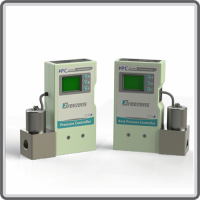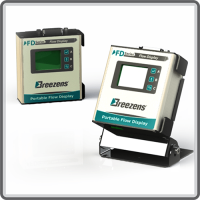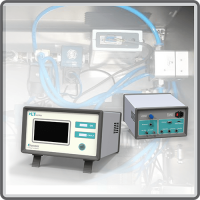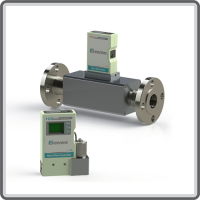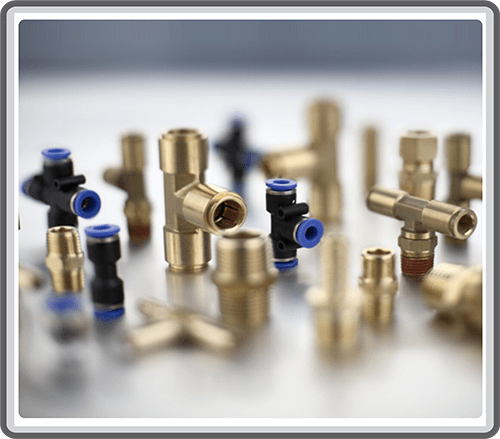Thermal Mass Flowmeters and Oxygen/Medical Gases Connection
Introduction
The proper management of oxygen and medical gases in hospitals and healthcare facilities is considered one of the most critical and essential support and treatment components. Any deficiency or lack of order in the functioning of this sector can lead to irreparable damage. In this text, we will explore the relationship between the management of gas consumption and thermal mass flowmeters in healthcare facilities.
Classification of Medical Gases
Two main groups encompass medical gases.
- Inhalation Gases: Patients inhale these gases. Notable examples include oxygen (O2) for respiration and nitrous oxide (N2O) for anesthesia in operating rooms.
- Non-Inhalation Gases: These gases operate medical equipment and aid in patient treatment. For example, carbon dioxide (CO2) facilitates laparoscopy, and compressed air (nitrogen) powers pneumatic devices. These gases are classified as non-inhalation gases.
Sources of Gas Supply
Medical facilities receive medical gases from various sources, employing two primary methods:
- Central Source: Gases flow to consumers through an internal pipeline network.
- Cylinders: Some medical gases are distributed via cylinders, either connected to a pipeline network or directly to consumers.
Methods of Oxygen Delivery
There are three different methods for oxygen delivery to hospitals and consumer companies: oxygen concentrators, liquid oxygen tanks, and oxygen delivery methods. These three methods have different physical and performance characteristics, as outlined in the table below:
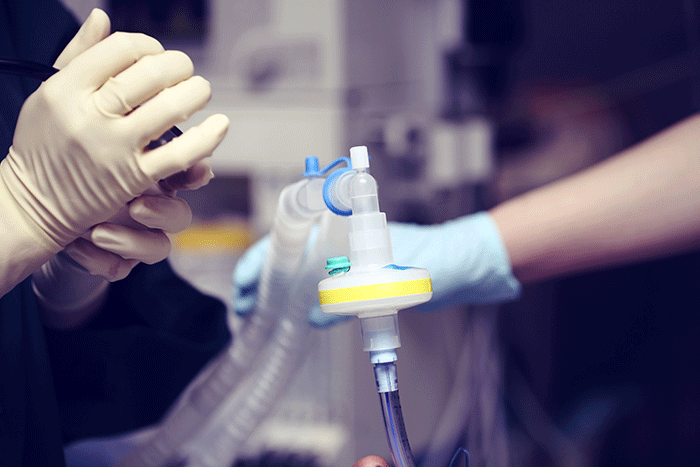

| Features | Oxygen Concentrator | Liquid Oxygen Tank | Oxygen Delivery Methods |
| Oxygen Purity | Approximately 93% (under optimal conditions) | Over 99.5% | Oxygen Purity |
| Purity Drop at Peak Consumption | Yes | No | Purity Drop |
| Output Pressure | 4 to 6 bar | Up to 16 bar (adjustable) | Output Pressure |
| Pressure Drop at Peak Consumption | Yes | No | Pressure Drop |
| Storage Capability | None | Available | Requires Refilling |
| Electrical Dependency | Yes (Three-Phase Power) | No | Electrical Dependency |
| Acoustic Pollution | Very High | None (Completely Silent) | Acoustic Pollution |
| Service and Maintenance Cost | Relatively High | Almost Zero | Service and Maintenance Cost |
| Failure Rate | High | Very Low | Failure Rate |
| Safety | Low | High | Safety |
| Installation Location | Controlled Environment with Temperature and Humidity Control | Open Space | Installation Location |
| Expert Personnel Required | Yes | No | Expert Personnel Required |
The table above clearly illustrates that each oxygen delivery method and medical gas management approach possesses distinct characteristics and advantages. The choice of method depends on the specific requirements and conditions of the healthcare facility. Ultimately, the decision should be based on technical, economic, and practical considerations to ensure efficient gas consumption and patient safety.

